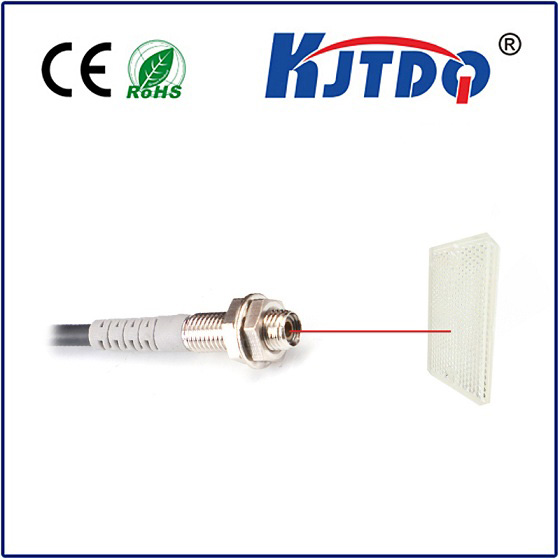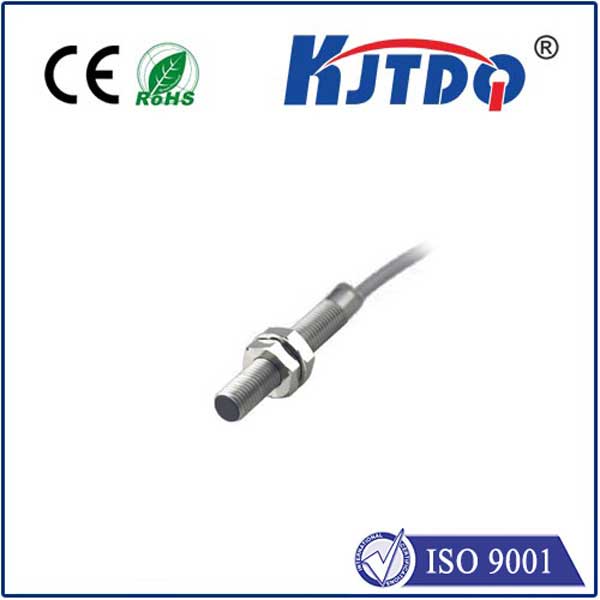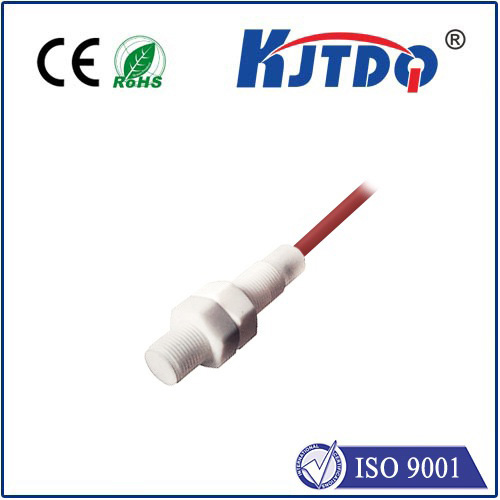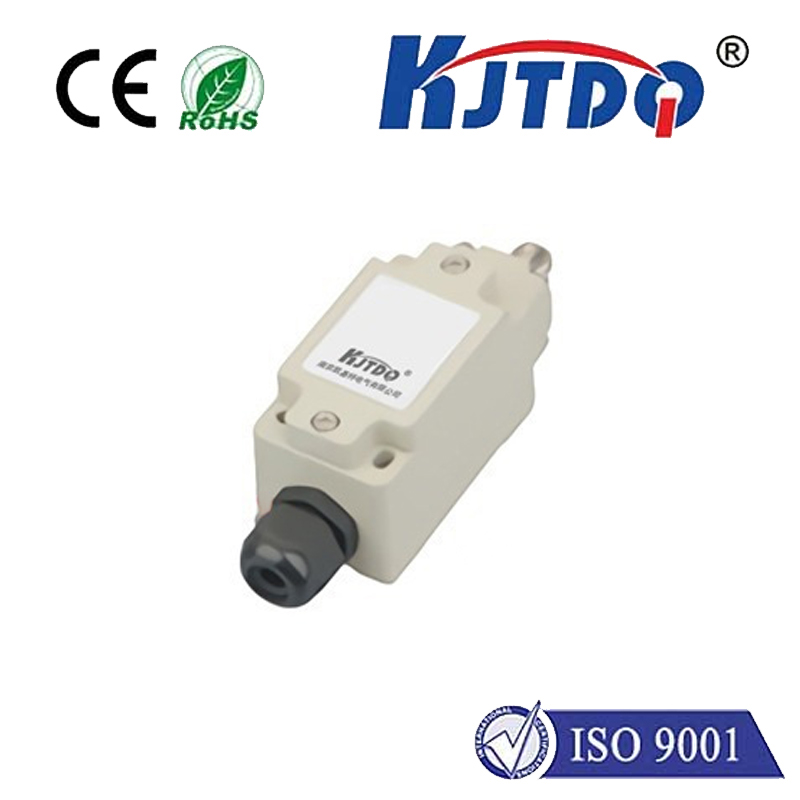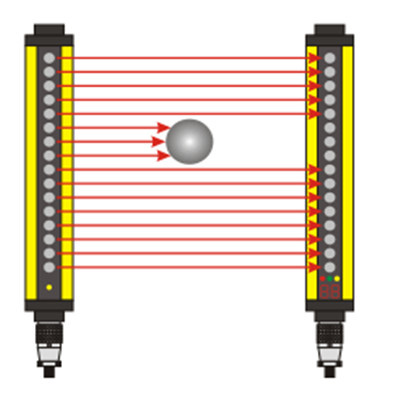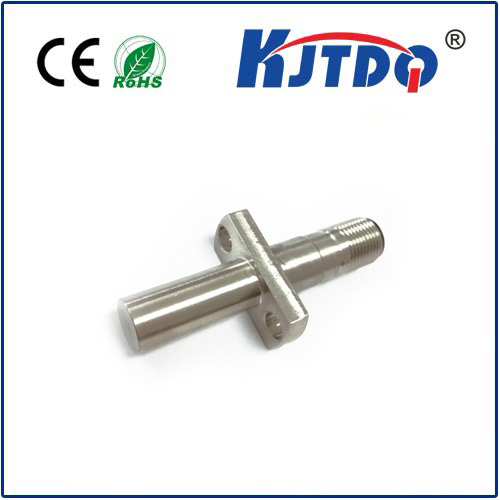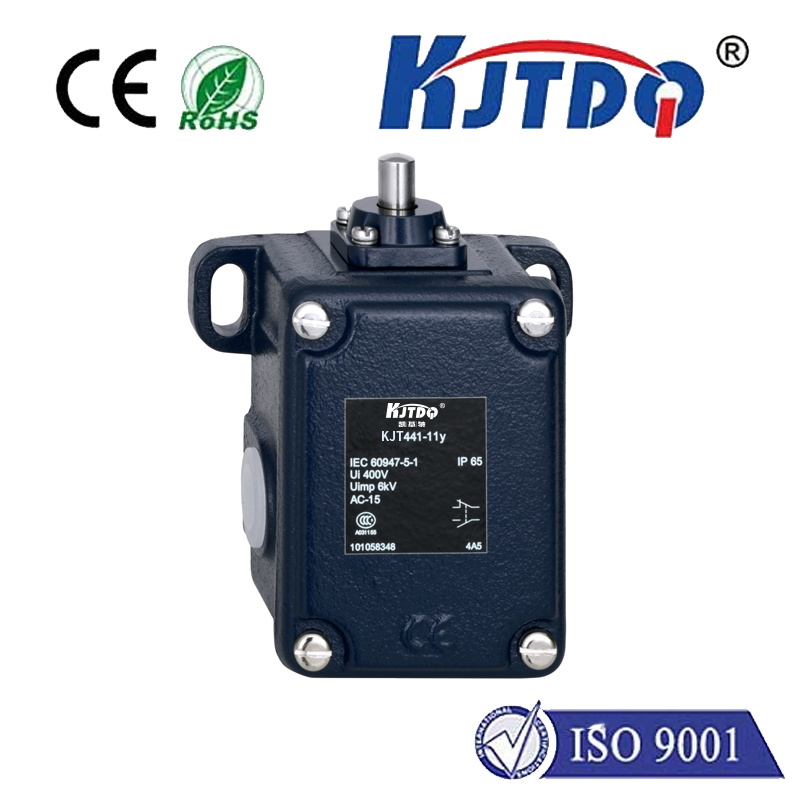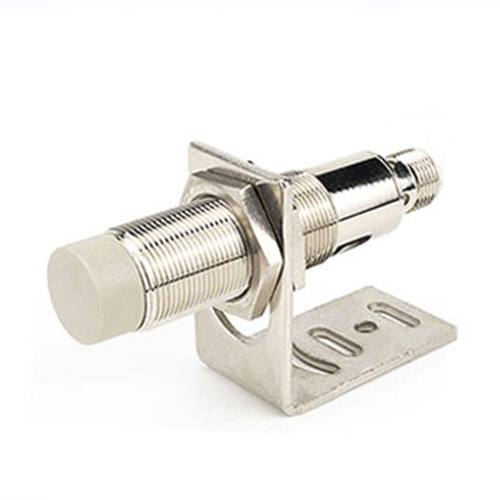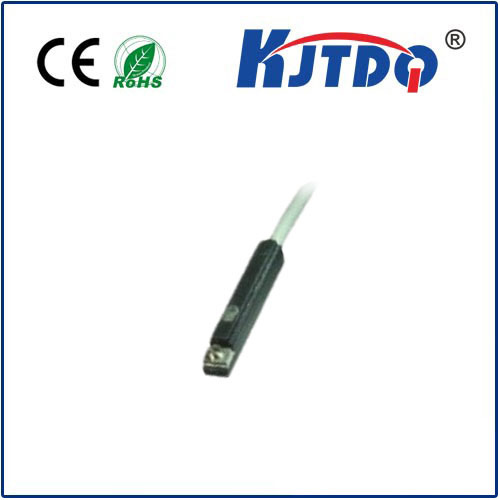

check

check

check

check
Exploring the Versatility and Applications of E3FA-DP26-F2 Photoelectric Sensors In the realm of automation and sensing technologies, photoelectric sensors stand out due to their accuracy, reliability, and versatility. Among these, the E3FA-DP26-F2 photoelectric sensor is a notable example that has garnered attention for its superior performance across various industrial applications. This article delves into the features, working principles, and diverse applications of the E3FA-DP26-F2 photoelectric sensor, highlighting why it has become a preferred choice in modern automation systems.
The E3FA-DP26-F2 photoelectric sensor is engineered with precision and robustness at its core. Key features of this sensor include:
High Accuracy: The E3FA-DP26-F2 boasts exceptional detection accuracy, ensuring reliable operation even in challenging environments.
Versatility: It can detect a wide range of materials including metals, plastics, glass, and more, making it suitable for varied industrial applications.
Durability: Built with high-quality materials, this sensor is designed to withstand harsh operating conditions such as extreme temperatures, humidity, and mechanical stress.

Easy Integration: The compact size and straightforward design allow for easy integration into existing systems, reducing installation time and complexity.
Extended Detection Range: With an impressive detection range, the E3FA-DP26-F2 can effectively monitor large areas or objects from a distance.
At the heart of the E3FA-DP26-F2 photoelectric sensor lies a simple yet ingenious operational mechanism. The sensor operates based on the principle of light emission and reflection. It consists of an emitter that projects a beam of infrared light towards a target object, and a receiver positioned to capture the reflected light from the object. When the light beam strikes an object, part of it reflects back to the receiver. If the intensity of the reflected light meets a predefined threshold, the sensor generates an output signal indicating the presence of the object. The sensitivity of the E3FA-DP26-F2 is adjustable, allowing users to fine-tune the detection range according to specific application requirements. This feature enhances flexibility, making the sensor adaptable to different scenarios without compromising detection accuracy.
The versatility of the E3FA-DP26-F2 photoelectric sensor opens doors to numerous applications across various industries. Here are some notable examples:
Automated Assembly Lines: In manufacturing, these sensors are employed to monitor product flow, detect missing components, and ensure quality control by identifying defects or irregularities.
Packaging Industry: They play a crucial role in tracking and counting products as they move along conveyors, ensuring accurate packaging and preventing overfill or underfill situations.
Robotics: Robots equipped with E3FA-DP26-F2 sensors can navigate through complex environments, avoid obstacles, and precisely handle delicate tasks such as picking and placing items.
Security Systems: These sensors are used in perimeter security setups to detect unauthorized access or movement within restricted areas.
Logistics & Warehousing: They facilitate efficient sorting, tracking, and managing inventory levels by accurately detecting product presence and movements.
The E3FA-DP26-F2 photoelectric sensor stands as a testament to advancements in sensor technology, offering unmatched accuracy, versatility, and durability. Its ability to seamlessly integrate into various systems while delivering consistent performance makes it an invaluable asset in today’s automated world. As industries continue to evolve towards greater efficiency and precision, the role of such sophisticated sensors like the E3FA-DP26-F2 will undoubtedly expand, driving innovation and productivity across sectors.
